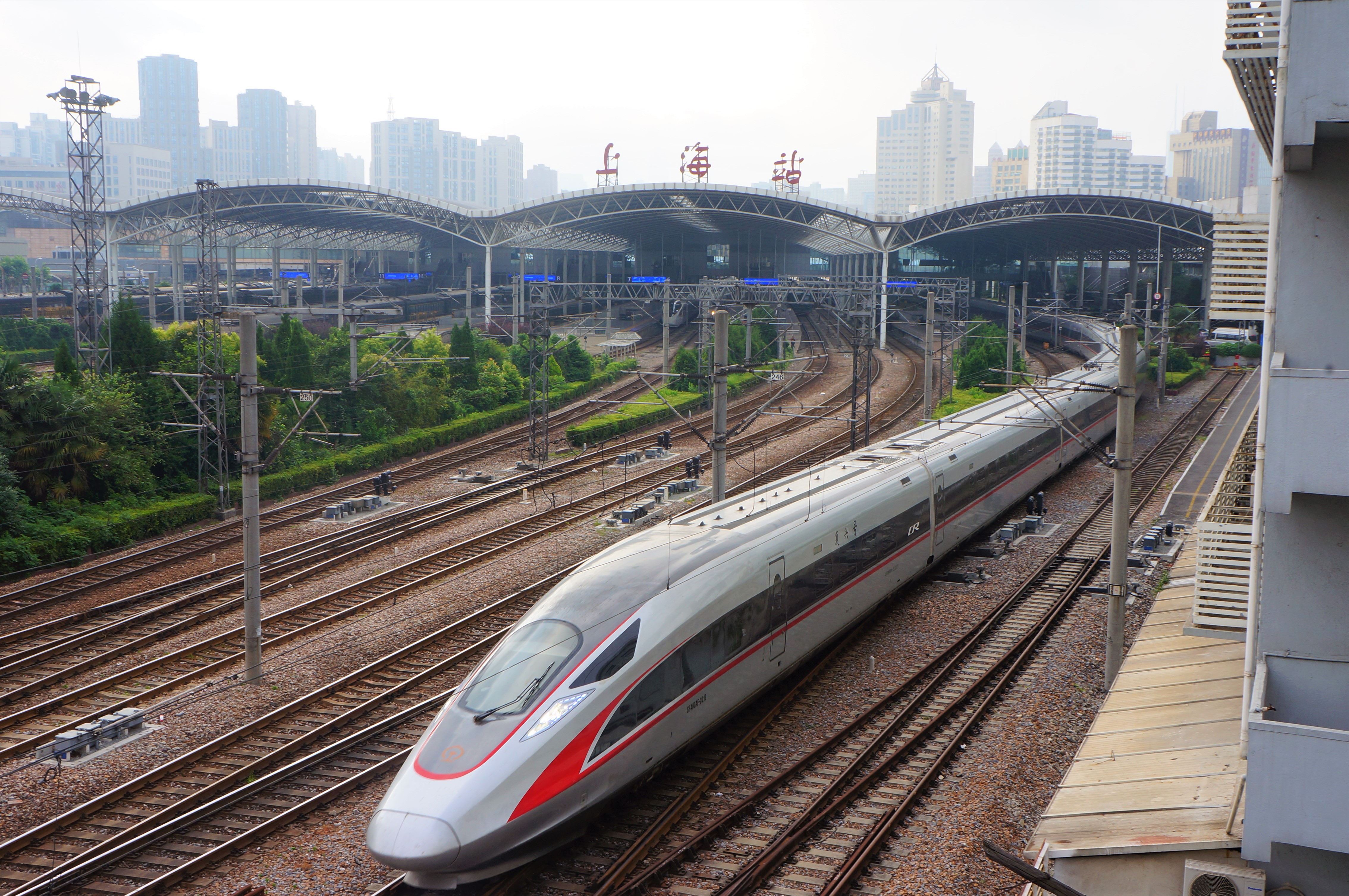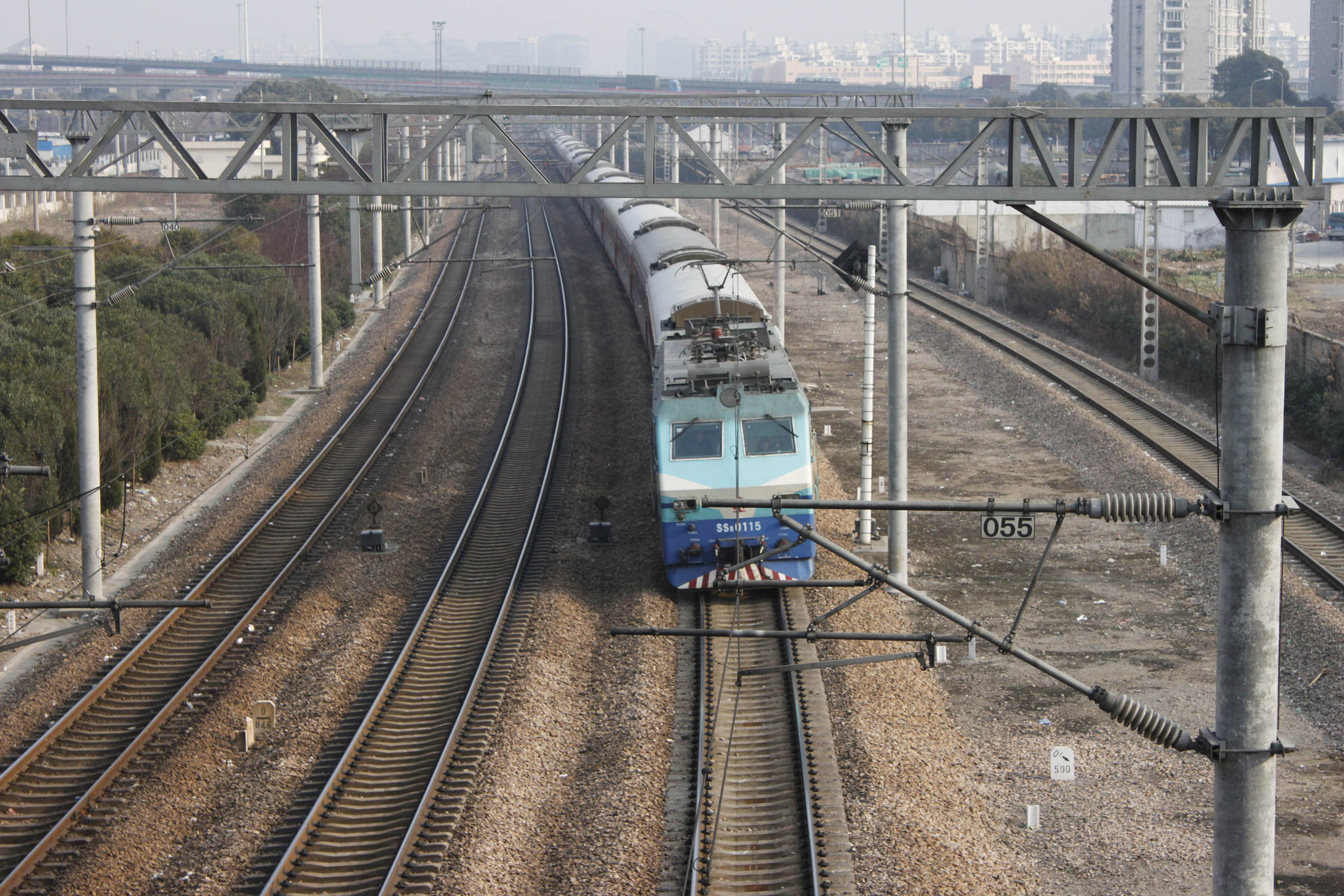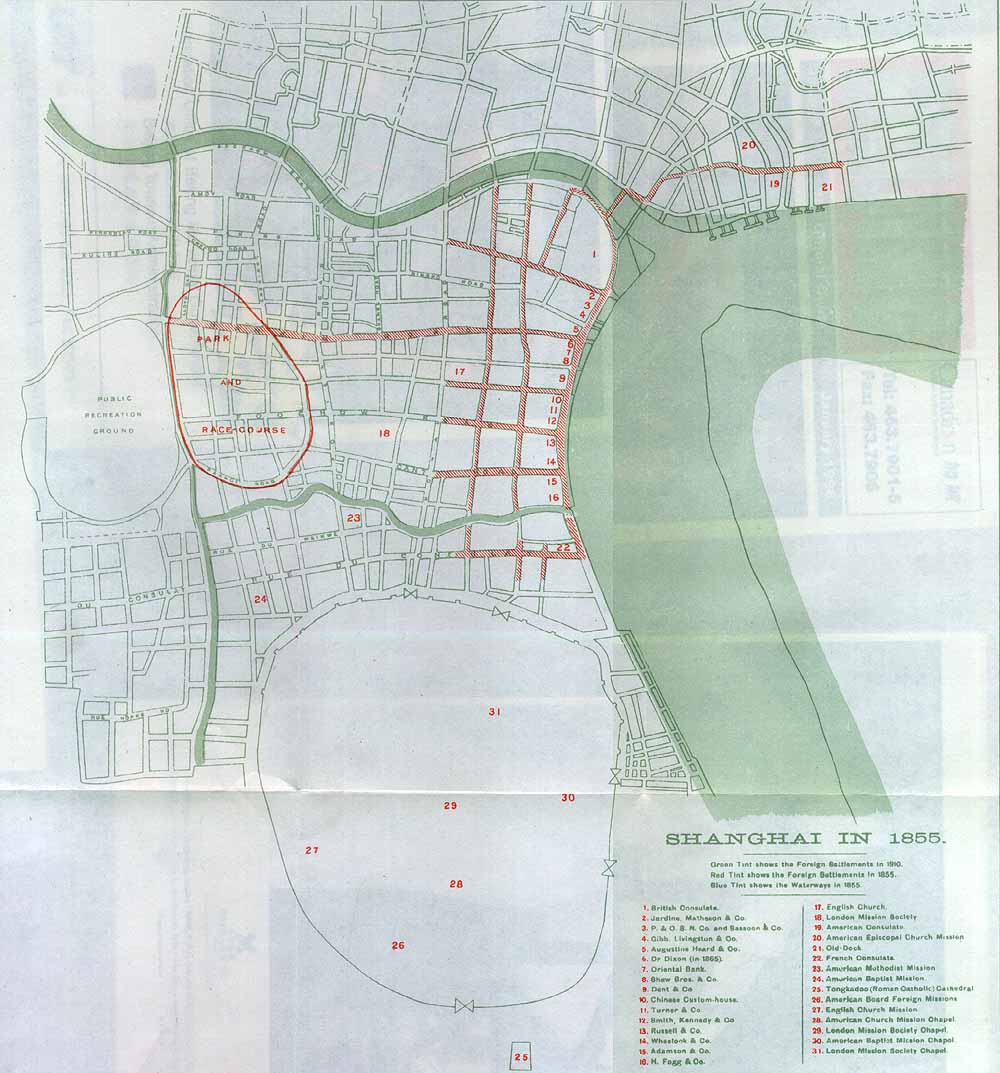|
Shanghai Transportation Infrastructure
Shanghai has an extensive public transport system, largely based on buses, trolley buses, taxis, and a rapidly expanding metro system. Shanghai has invested heavily in public transportation before and after the 2010 World Expo, including the construction of the Hongqiao transportation hub of high-speed rail, air, metro and bus routes. Public transport is the major mode of transport in Shanghai as limitations on car purchases were introduced in 1994 in order to limit the growth of automobile traffic and alleviate congestion. New private cars cannot be driven without a license plate, which are sold in monthly license plate auctions which is only accessible for locally registered residents and those who have paid social insurance or individual income taxes for over three years. Around 9,500 license plates are auctioned each month, and the average price is about () in 2019. Shanghai (population of 25 million) has over four million cars on the road, the fifth-largest number of any Chi ... [...More Info...] [...Related Items...] OR: [Wikipedia] [Google] [Baidu] |
Shanghai
Shanghai (; , , Standard Mandarin pronunciation: ) is one of the four direct-administered municipalities of the People's Republic of China (PRC). The city is located on the southern estuary of the Yangtze River, with the Huangpu River flowing through it. With a population of 24.89 million as of 2021, Shanghai is the most populous urban area in China with 39,300,000 inhabitants living in the Shanghai metropolitan area, the second most populous city proper in the world (after Chongqing) and the only city in East Asia with a GDP greater than its corresponding capital. Shanghai ranks second among the administrative divisions of Mainland China in human development index (after Beijing). As of 2018, the Greater Shanghai metropolitan area was estimated to produce a gross metropolitan product (nominal) of nearly 9.1 trillion RMB ($1.33 trillion), exceeding that of Mexico with GDP of $1.22 trillion, the 15th largest in the world. Shanghai is one of the world's major centers for ... [...More Info...] [...Related Items...] OR: [Wikipedia] [Google] [Baidu] |
Beijing–Shanghai High-speed Railway
The Beijing–Shanghai high-speed railway (or Jinghu high-speed railway, from its name in Mandarin) is a high-speed railway that connects two major economic zones in the People's Republic of China: the Bohai Economic Rim and the Yangtze River Delta.Beijing-Shanghai High-Speed Line, China Railway-Technology.com, 25 September 2008. Construction began on April 18, 2008, with the line opened to the public for commercial service on June 30, 2011. The long high-speed line is the world's longest high-speed line ever constructed in a single phase. The line is one of the busiest high speed railways in the world, transporting over 210 million passengers in 2019, more than the annual ridership of the entire |
Shanghai–Kunming Railway
The Shanghai–Kunming Railway or Hukun Railway (), also known as the Hukun Line, is a major arterial railroad across eastern, south central and southwest China. It connects Shanghai, whose shorthand name is ''Hu'', and Kunming. The line has a total length of 2,690 km and passes through Shanghai Municipality, Zhejiang, Jiangxi, Hunan, Guizhou and Yunnan Province. Major cities along route include Shanghai, Jiaxing, Hangzhou, Yiwu, Jinhua, Shangrao, Yingtan, Pingxiang, Zhuzhou, Huaihua, Kaili, Guiyang, Anshun, Qujing, and Kunming. Line description The Hukun Line is double track from Shanghai's South Station to Liupanshui and single-track railway for about from Liupanshui to Kunming. The speed limit for the line is from Shanghai to Zhuzhou and from Zhuzhou to Huaihua. The entire line is electrified. The Shanghai–Kunming high-speed railway runs parallel to the Shanghai–Kunming Railway. History The Shanghai–Kunming Railway has four major segments, which were buil ... [...More Info...] [...Related Items...] OR: [Wikipedia] [Google] [Baidu] |
Nanjing
Nanjing (; , Mandarin pronunciation: ), alternately romanized as Nanking, is the capital of Jiangsu province of the People's Republic of China. It is a sub-provincial city, a megacity, and the second largest city in the East China region. The city has 11 districts, an administrative area of , and a total recorded population of 9,314,685 . Situated in the Yangtze River Delta region, Nanjing has a prominent place in Chinese history and culture, having served as the capital of various Chinese dynasties, kingdoms and republican governments dating from the 3rd century to 1949, and has thus long been a major center of culture, education, research, politics, economy, transport networks and tourism, being the home to one of the world's largest inland ports. The city is also one of the fifteen sub-provincial cities in the People's Republic of China's administrative structure, enjoying jurisdictional and economic autonomy only slightly less than that of a province. Nanjing has be ... [...More Info...] [...Related Items...] OR: [Wikipedia] [Google] [Baidu] |
Jinghu Railway
Jinghu may refer to: *Jinghu (instrument) (京胡), Chinese bowed string instrument in the ''huqin'' family Places *Jinghu District (镜湖区), a district in Wuhu, Anhui, China *Jinghu Subdistrict (镜湖街道), a subdistrict in Ningjiang District, Songyuan, Jilin, China *Jinghu Circuit (荆湖路), a circuit or province of the Song dynasty Beijing/Shanghai *Jinghu (京沪), a colloquial term referring to Beijing and Shanghai, two of the largest cities in China **Jinghu Expressway, road linking Beijing to Shanghai in China **Jinghu railway, train line running between Beijing and Shanghai in China **Beijing–Shanghai high-speed railway, high speed railway between Beijing and Shanghai in China {{disambiguation, geo ... [...More Info...] [...Related Items...] OR: [Wikipedia] [Google] [Baidu] |
Beijing–Shanghai Railway
The Beijing–Shanghai railway or Jinghu railway () is a railway line between Beijing and Shanghai. The line has a total length of and connects the municipalities of Beijing, Tianjin, and Shanghai, as well as the provinces of Hebei, Shandong, Anhui and Jiangsu. It is commonly referred to as the Jinghu railway, taking on the abbreviated names of the two terminal cities. In Chinese, ''Jing'' means "capital" and refers to Beijing, and ''Hu'' is the abbreviated name for Shanghai. History The Beijing–Shanghai railway is composed of three sections. These three sections are some of the earliest railways in China, built before 1910 during the Qing dynasty. The first section is from Beijing to Tianjin, constructed as part of the Imperial Railways of Northern China between 1897 and 1900. The second section is from Tianjin to Pukoua suburb of Nanjingand used to be called the Tianjin–Pukou railway. The third section is from Nanjing to Shanghai, built between 1905 and 1908. This sec ... [...More Info...] [...Related Items...] OR: [Wikipedia] [Google] [Baidu] |
Shanghai–Hangzhou Railway
The Shanghai–Hangzhou railway, also known as the Huhang railway (), is a double-track railroad in eastern China between Shanghai and Hangzhou in Zhejiang Province. Its name in Chinese, the Huhang Line, is named after the railway's two terminal cities: Shanghai, whose Chinese character abbreviation is ''hu'', and Hangzhou. The line is long and was built from 1906 to 1909. Cities along the route include Shanghai, Jiaxing and Hangzhou. The line now forms part of the Shanghai–Kunming railway. Line history In 1898, the Qing government of China granted to Britain a concession to build a railway between Shanghai and Hangzhou. This concession drew strong domestic opposition against foreign ownership of railways. In 1905, the Qing government's railway construction policy shifted in favor of local provincial governments. Jiangsu and Zhejiang provinces received approval to build the Shanghai–Hangzhou railway and raised 4.84 and 3.88 million silver dollars, respectively, for the projec ... [...More Info...] [...Related Items...] OR: [Wikipedia] [Google] [Baidu] |
Shanghai–Nanjing Railway
The Shanghai–Nanjing or Huning Railway Chinese: t , s , p ''Hù–Níng Tiělù''. is a railway in China running from Shanghai to Nanjing. The railway is about long. The Huning line is one of the busiest in China. The Shanghai–Nanjing intercity railway runs along the same route, but on parallel tracks. Its Chinese name is derived from the character abbreviations '' Hù'' ( s , t ) for Shanghai and '' Níng'' ( s , t ) for Nanjing. History Such a railway had long been desired by Western interests in 19th-century China and just as long opposed by the Qing government. Following China's disastrous failure in the First Sino-Japanese War, however, the Guangxu Emperor approved the construction of the Shanghai–Nanjing line as a western extension of the existing Songhu Railway. The project was undertaken by the civil engineering partnership Sir John Wolfe-Barry and Lt Col Arthur John Barry at the end of the nineteenth century.Frederick Arthur Crisp ''Visitation of England ... [...More Info...] [...Related Items...] OR: [Wikipedia] [Google] [Baidu] |
Woosung Road
The Woosung railway (Chinese: s , t , p ''Wúsōng Tiělù'')Also Wusong Road or Woo Sung RailwayIt is sometimes also called the Songhu railway, although that name more properly refers to the 1890s railway which ran principally along the same route. was a 19th-century, narrow-gauge passenger railway in Shanghai, China, between the outskirts of the American Concession in the modern city's Zhabei District and Wusong in Baoshan District. Surreptitiously conceived and constructed, it ran for less than a year before it was purchased and dismantled by the Qing viceroy Shen Pao-chen. The line would not be rebuilt for twenty years. This fate was a commonly invoked symbol of the Qing dynasty's backwardness and insularity, despite the road's admitted illegality and numerous legitimate objections voiced by the Chinese during its construction and operation. Its routestill primarily rural as late as the turn of the centurynow forms part of the Shanghai Metro's elevated Line 3. History ... [...More Info...] [...Related Items...] OR: [Wikipedia] [Google] [Baidu] |
Shanghai–Suzhou–Huzhou High-speed Railway
The Shanghai–Suzhou–Huzhou high-speed railway or Husuhu high-speed railway (沪苏湖铁路) is a high-speed railway High-speed rail (HSR) is a type of rail system that runs significantly faster than traditional rail, using an integrated system of specialised rolling stock and dedicated tracks. While there is no single standard that applies worldwide, line ... in China. It is expected to be completed in July 2024. History Construction began in June 2020. Stations References High-speed railway lines in China High-speed railway lines under construction {{High-speed rail in China ... [...More Info...] [...Related Items...] OR: [Wikipedia] [Google] [Baidu] |





